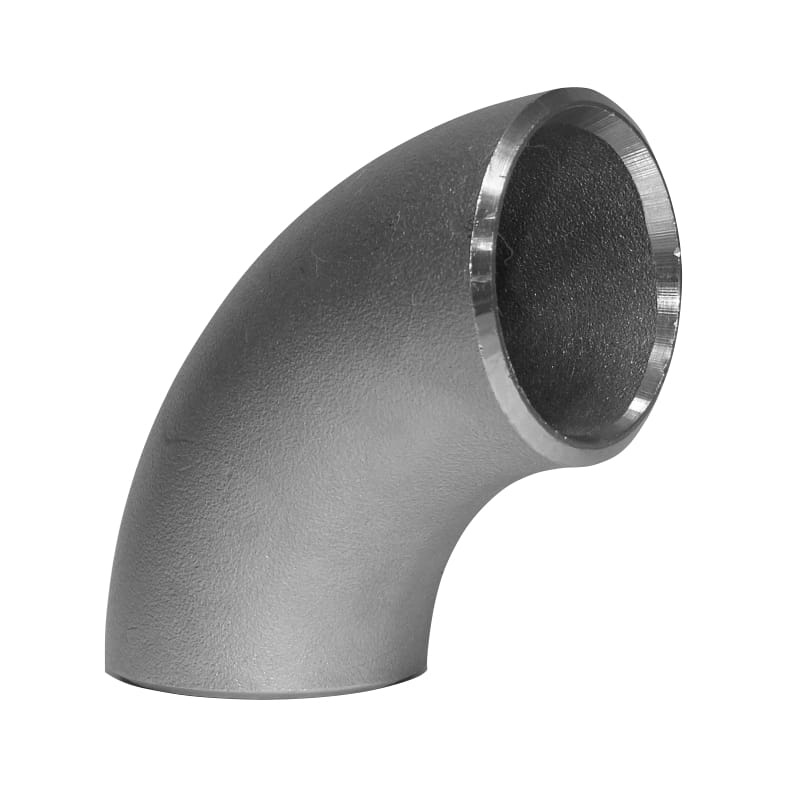-
Cangzhou Yulong Steel Co., Ltd.
-
Phone:
+86 13303177267 -
Email:
admin@ylsteelfittings.com
- English
- Arabic
- Italian
- Spanish
- Portuguese
- German
- kazakh
- Persian
- Greek
- French
- Russian
- Polish
- Thai
- Indonesian
- Vietnamese
- Zulu
- Korean
- Uzbek
- Hindi
- Serbian
- Malay
- Ukrainian
- Gujarati
- Haitian Creole
- hausa
- hawaiian
- Hebrew
- Miao
- Hungarian
- Icelandic
- igbo
- irish
- Japanese
- Javanese
- Kannada
- Khmer
- Rwandese
- Afrikaans
- Albanian
- Amharic
- Armenian
- Azerbaijani
- Basque
- Belarusian
- Bengali
- Bosnian
- Bulgarian
- Catalan
- Cebuano
- China
- China (Taiwan)
- Corsican
- Croatian
- Czech
- Danish
- Esperanto
- Estonian
- Finnish
- Frisian
- Galician
- Georgian
- Kurdish
- Kyrgyz
- Lao
- Latin
- Latvian
- Lithuanian
- Luxembourgish
- Macedonian
- Malgashi
- Malayalam
- Maltese
- Maori
- Marathi
- Mongolian
- Myanmar
- Nepali
- Norwegian
- Norwegian
- Occitan
- Pashto
- Dutch
- Punjabi
- Romanian
- Samoan
- Scottish Gaelic
- Sesotho
- Shona
- Sindhi
- Sinhala
- Slovak
- Slovenian
- Somali
- Sundanese
- Swahili
- Swedish
- Tagalog
- Tajik
- Tamil
- Tatar
- Telugu
- Turkish
- Turkmen
- Urdu
- Uighur
- Welsh
- Bantu
- Yiddish
- Yoruba

Nov . 29, 2024 18:46 Back to list
class 150 ansi
Understanding ANSI Class 150 The Foundation of Flanged Connections in Piping Systems
In the realm of piping and fluid transport, adhering to standardized specifications is crucial for ensuring safety, reliability, and interoperability across systems. One such standard is ANSI Class 150, which pertains to the pressure-temperature ratings for flanged connections in piping systems. Understanding this classification is essential for engineers, technicians, and anyone involved in the design or maintenance of industrial piping systems.
What is ANSI Class 150?
ANSI, which stands for the American National Standards Institute, establishes various standards in multiple fields, including piping. ANSI Class 150 specifies the design pressure and temperature rating for flanges, gaskets, and bolting materials used to make connections between pipes in mechanical applications.
The classification itself indicates that these flanges can withstand certain pressures and temperatures at which the piping system operates. Class 150 flanges are typically made from various materials, including carbon steel, stainless steel, and alloy steel, depending on the specific requirements of the application.
Pressure and Temperature Ratings
The ANSI Class 150 rating allows flanged connections to operate at a maximum pressure of 150 psi (pounds per square inch) at a temperature of 100°F (37.8°C). However, the allowable pressure decreases as the temperature rises. For example, at 800°F (426.7°C), the maximum allowable pressure drops significantly, emphasizing the importance of temperature in determining the ultimate strength of materials used in a piping system.
This relationship between pressure and temperature is critical in engineering design. Designers must account for the operating conditions of the system when selecting the appropriate class of flange to ensure that it will maintain integrity throughout its service life. The American Society of Mechanical Engineers (ASME) provides detailed charts and guidelines to aid engineers in determining the appropriate flange class for specific conditions.
Materials and Manufacturing Considerations
class 150 ansi

Flanges rated as ANSI Class 150 are typically manufactured from materials that can withstand the designated pressures and operating temperatures without compromising safety. Commonly used materials include
- Carbon Steel Widely used due to its good mechanical properties and affordability, carbon steel flanges are suitable for various applications but may require protective coatings to prevent corrosion. - Stainless Steel Known for its excellent corrosion resistance, stainless steel flanges are commonly used in industries where fluids are corrosive or where hygiene is paramount, such as in food and pharmaceutical manufacturing. - Alloy Steel These flanges are used in high-temperature applications where additional strength is required, thanks to specific alloying elements that enhance performance under stress.
Manufacturing processes for ANSI Class 150 flanges include forging, casting, and machining, each method influencing the material properties and cost. It is essential that these flanges meet the specifications outlined in ASME B16.5, which provides standards for pipe flanges and flanged fittings, ensuring uniformity and reliability across systems.
Applications in Industry
ANSI Class 150 flanges are prevalent in various industries, from oil and gas to water treatment and power generation. Their design allows for easy assembly and disassembly, enabling maintenance and inspection without the need to cut into the piping, which can be time-consuming and costly. Moreover, the standardization allows for compatibility with various piping systems, facilitating interoperability in complex industrial setups.
Additionally, safety considerations cannot be overstated. Using ANSI Class 150 flanges helps mitigate the risk of leaks and ruptures that can occur at improperly rated connections, safeguarding personnel and equipment and reducing environmental hazards.
Conclusion
In summary, ANSI Class 150 is a fundamental classification that plays a vital role in ensuring the safety and reliability of flanged connections in piping systems. Understanding its specifications, pressure-temperature ratings, material considerations, and applications enables engineers and technicians to design efficient and effective systems. As industries continue to evolve, adherence to such standards remains integral to maintaining safety, performance, and sustainability in fluid transport. By prioritizing these classifications, we can build more resilient infrastructures capable of meeting the demands of modern society.
Latest news
-
ANSI 150P SS304 SO FLANGE
NewsFeb.14,2025
-
ASTM A333GR6 STEEL PIPE
NewsJan.20,2025
-
ANSI B16.5 WELDING NECK FLANGE
NewsJan.15,2026
-
ANSI B16.5 SLIP-ON FLANGE
NewsApr.19,2024
-
SABS 1123 FLANGE
NewsJan.15,2025
-
DIN86044 PLATE FLANGE
NewsApr.19,2024
-
DIN2527 BLIND FLANGE
NewsApr.12,2024
-
JIS B2311 Butt-Welding Fittings LR/SR 45°/90° /180°Seamless/Weld
NewsApr.23,2024











